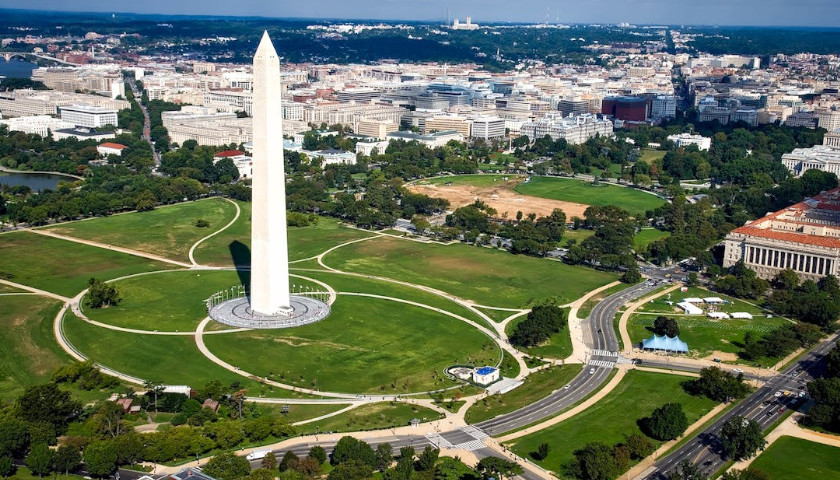by Morgan Sweeney
Crime rates per capita in the Washington, D.C. metropolitan region, including Northern Virginia and Maryland, have increased 9 percent in 2022 to a rate of 18.3 crimes per 1,000 residents, according to an annual crime report released Wednesday, with 83,000 more calls for service to primary agency participants in the study.
Russell Hamill, police chiefs committee chair for the Metropolitan Washington Council of Governments, shared the findings of the council’s annual Report on Crime and Crime Control at a meeting with the board. The report reflects data from 17 cities, counties, or entities in Maryland and 18 in Virginia, as well as from law enforcement in the district.
Overall, part I/part A offenses, which include violent crimes and property crimes, increased by 11.6 percent – driven mostly by a surge in property crime, with instances of motor vehicle theft rising by over 17 percent, robbery by nearly 10.5 percent and larceny by over 13 percent. The violent crime rate also rose by 1.6 percent.
The region’s population increased by 6.2 million from 2021 to 2022.
Washington, D.C., saw a 4 percent decrease in part I/part A offenses, though its crime rate remains one of the higher rates in the region, at 40.6 per 1,000.
Maryland localities among the council’s “primary member jurisdictions” that saw the greatest increase in these offenses in 2022 were Frederick County and the city of Laurel, with overall increases of 27 percent and 53 percent. The cities of Bowie and Laurel saw auto theft rise by 103 percent and 308 percent, and Takoma Park’s burglary rate increased by 181 percent.
Fairfax’s part I/part A offenses for Virginia’s primary member jurisdictions rose by 28 percent and Manassas Park’s increased by 57 percent. Manassas saw a 73 percent increase in robberies, and Manassas Park saw a 50 percent increase in rape, 59 percent in larceny, 86 percent in auto theft and 163 percent in burglary.
The report linked the increase in motor vehicle theft to “a viral social media trend.”
Responding to the presentation of the report, Falls Church Vice Mayor Dave Snyder said that he believes “the issue of crime…constitutes one of the most significant threats to our region in terms of our future.”
Lack of sufficient staffing has hindered law enforcement’s response to criminal activity in the metro area – the council’s primary members saw a decrease of about 2.5 percent in sworn personnel in 2022, after “some pretty tough years prior to that” – as have legislative and judicial missteps within the past few years, according to Hamill.
“The part of the criminal justice system involving policing is actually a pretty small part of it. Having prosecutors and judges and the parole and probation and juvenile justice system more engaged in understanding what the issues are out here in the community, what the issues people are facing – there has to be an accountability level,” Hamill said.
“An agency was telling me they made 15 arrests of juveniles for stolen cars in two days, some repeatedly. The agency told me that there was no prosecution of the juveniles.”
Hamill also spoke about police officers needing to feel supported by others in positions of power or leadership.
“What I hear across the board is the need for support from our political leaders,” Hamill said. “I don’t think anybody’s pointing fingers at anybody, but I think there is an overall flavor out there that maybe law enforcement – especially the rank and file – aren’t as supported by their political leaders as they once were.”
– – –
Morgan Sweeney is a staff writer covering Virginia and Maryland for The Center Square. Morgan was an active member of the journalism program as an undergraduate at Hillsdale College and previously freelanced for The Center Square.








